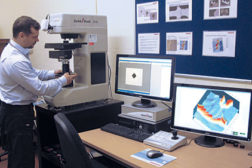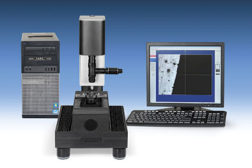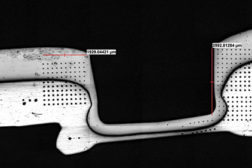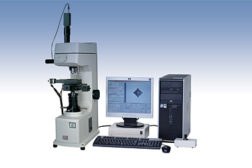Home » Keywords: » Vickers hardness test
Items Tagged with 'Vickers hardness test'
ARTICLES
Test & Inspection
The right hardness test method depends on the material being tested and the specific requirements of the application. Understanding the differences among the available options helps determine which method will give you the best results.
Read More
Automation Drives Vickers Hardness Testing Into the 21st Century
The Vickers test is well suited to characterization of materials with extremely hard surfaces.
February 2, 2015
Test & Inspection
Common Problems in Microhardness Testing
By using properly maintained and calibrated equipment, trained personnel, and appropriate testing environments, these problems can be minimized.
May 1, 2014
Case Study
Hardness Testing Assures Quality in Advanced Materials
Hardness testing is often the best way of establishing that components will survive and perform in their intended applications.
May 1, 2014
Test & Inspection
The Vickers Hardness Test
Over the past 90 years, the Vickers test has proved to be an all-around respectable performer in a wide variety of applications, some of which the inventors never dreamed possible.
November 1, 2013
Stay in the know with Quality’s comprehensive coverage of
the manufacturing and metrology industries.
eNewsletter | Website | eMagazine
JOIN TODAY!Copyright ©2024. All Rights Reserved BNP Media.
Design, CMS, Hosting & Web Development :: ePublishing





